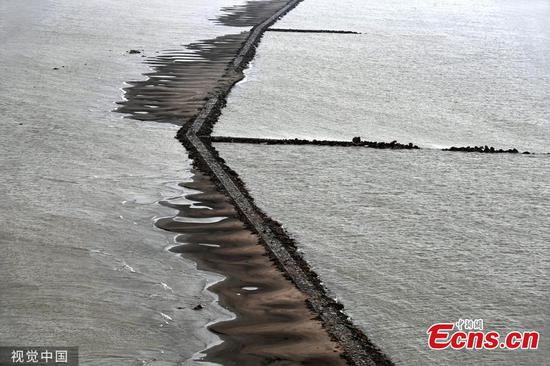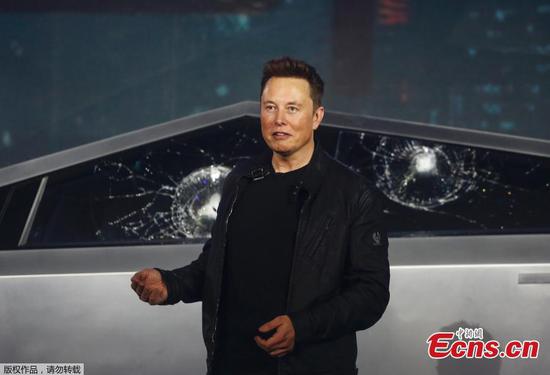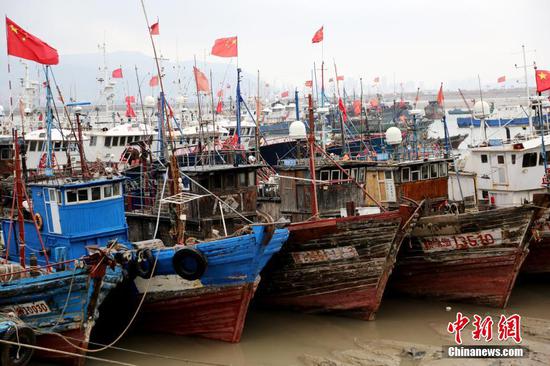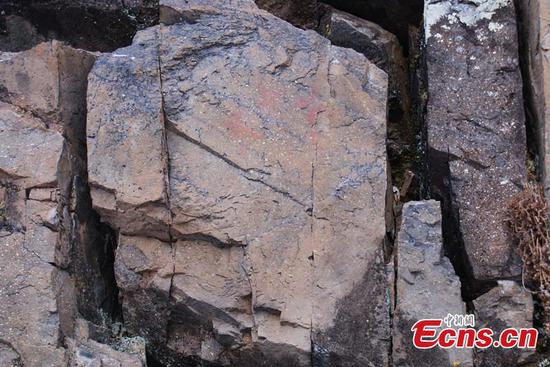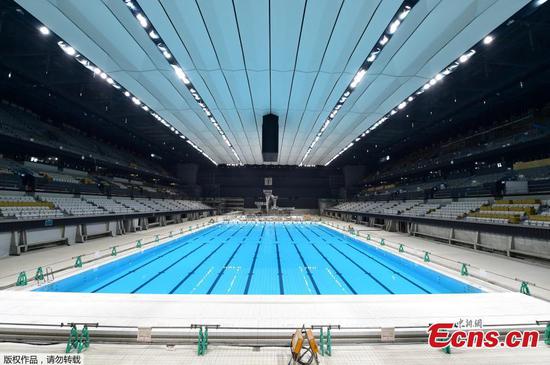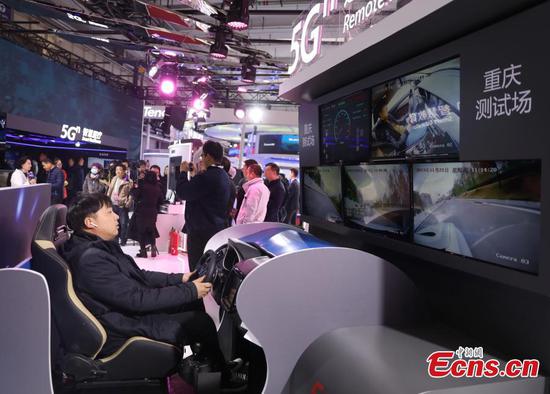The expectation that Chinese companies would bear the costs of tariffs imposed by the Trump administration has not materialized, according to a study released Monday by researchers at the Federal Reserve Bank of New York.
The study, "Who Pays the Tax on Imports from China?", was published on the bank's Liberty Street Economics blog. It was authored by Matthew Higgins, a vice-president at the New York Fed's Research and Statistics Group; Thomas Klitgaard, a VP in the group, and Michael Nattinger, a senior research analyst in the same group.
"U.S. businesses and consumers are shielded from the higher tariffs to the extent that Chinese firms lower the dollar prices they charge. U.S. import price data, however, indicate that prices on goods from China have so far not fallen. As a result, U.S. wholesalers, retailers, manufacturers, and consumers are left paying the tax," the study says.
The duties on Chinese goods are collected at U.S. ports by U.S. Customs and have to be paid by the purchaser of the good. The American purchaser basically pays a sales tax to Customs to import the items.
So far, the study found, Chinese firms have not felt pressured to cut prices.
"Chinese firms could lower the prices they charge to offset the tariff hikes in order to avoid losing market share in the United States. Chinese firms will be more prone to lower prices to the extent that they believe U.S. purchasers can either do without their products or find alternatives from other suppliers," the authors wrote.
But the study found that prices on imports from China have been relatively stable despite higher tariffs: prices on goods from China fell by 2 percent in dollar terms from June 2018, right before the first tariffs went into effect, to September 2019.
The drop is considered a small fraction of the amount required to offset the increase in tariff rates, some of which are 25 percent.
"Moreover, prices on goods purchased from Mexico and the so-called Newly Industrialized Economies (South Korea, Taiwan, Singapore, and Hong Kong) have fallen by roughly the same amount, suggesting that this small drop is the result of general market conditions rather than the increase in tariffs."
The authors raised the question of why import prices haven't risen.
One explanation was that "Chinese firms with few non-Chinese competitors will feel little pressure to adjust, leaving the tariff burden to the U.S. buyer".
There also is a concern of "price contagion". If the Chinese exporters were to cut U.S. prices, customers in other countries could demand similar discounts.
China's currency, the renminbi, has fallen about 10 percent relative to the dollar since the first U.S. trade restrictions were announced in April 2018.
"Each dollar of revenue is now worth more in local currency terms, and that matters since Chinese firms' costs are predominantly in renminbi," the report says. But the authors found that the Chinese exporters have not used the currency fluctuation as an incentive to reduce prices.
"Instead, they've accepted the loss in competitiveness in the U.S. market and have used the weaker currency to pad profits on each unit of sales," the report said.
The study also found that imports of tariffed goods from China have fallen annually by $75 billion since the second quarter of 2018, while imports of non-tariffed goods have been "roughly stable".
That means U.S. consumers are getting fewer products from China than they had before, which has affected some industries that rely exclusively on Chinese products for their businesses.
"China's market share has already fallen by roughly 2 percentage points for machinery and electrical equipment and by close to 6 percentage points for electronics," the authors wrote. "A broader look at the trade data shows that China's lost market share has gone largely to Europe and Japan for machinery and to Malaysia, South Korea, Taiwan, and Vietnam for electronics and electrical equipment."
The study did not estimate how the tariff costs may have been spread in the U.S..
"Who pays the tariff tax depends on how it is split between lower profit margins (for wholesalers, retailers, and manufacturers) and higher prices for consumers," the authors concluded.













